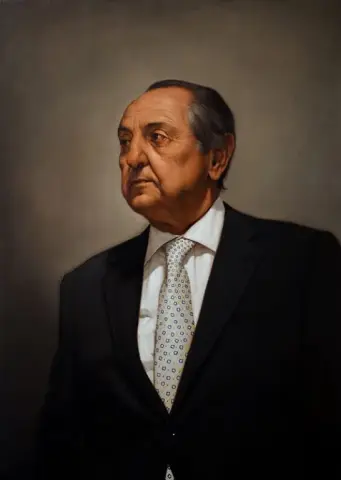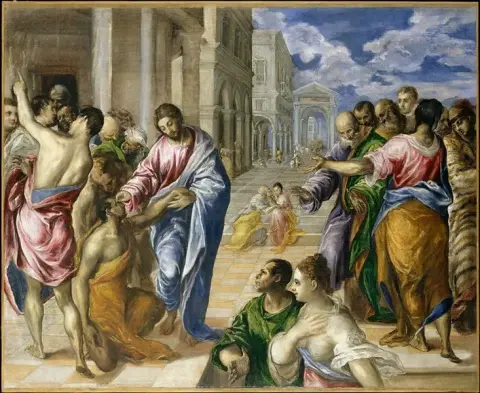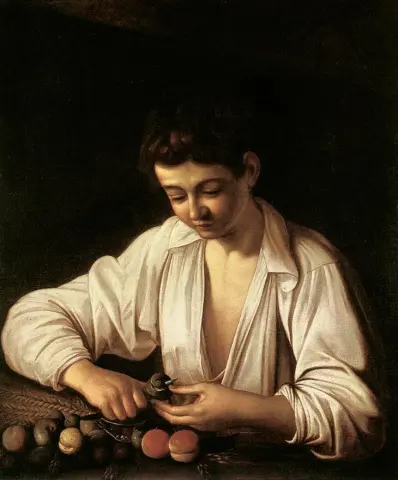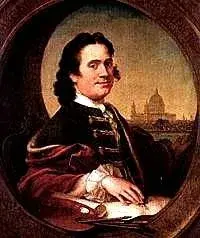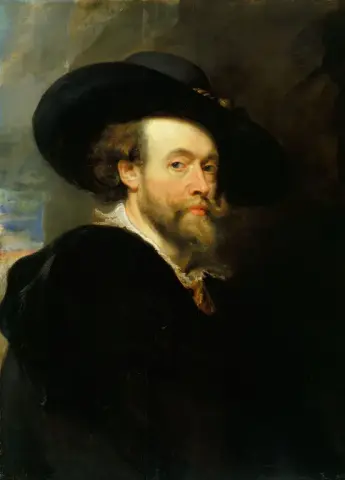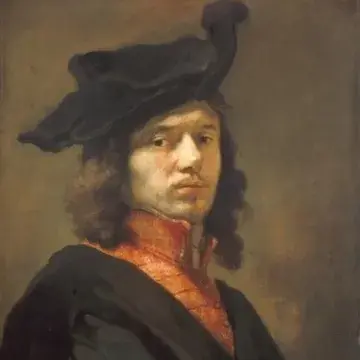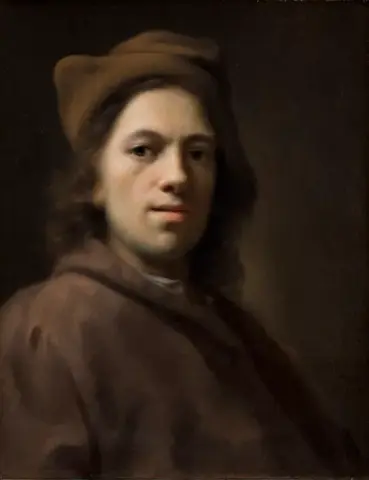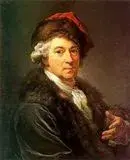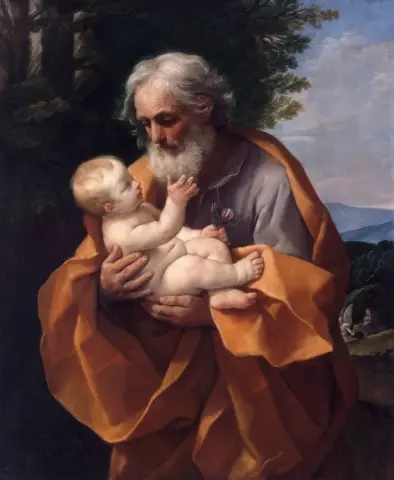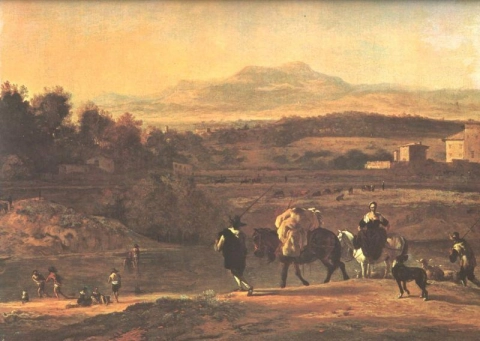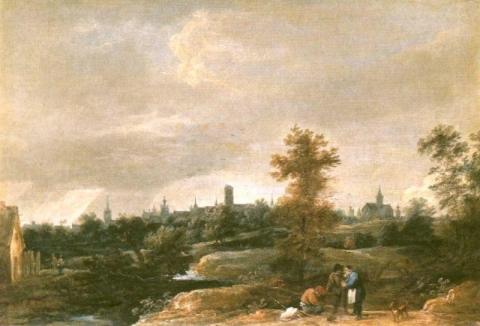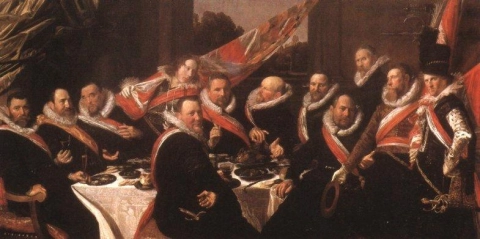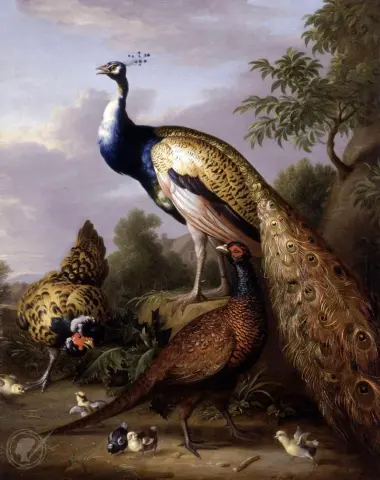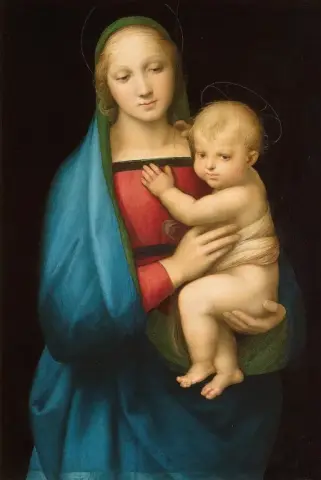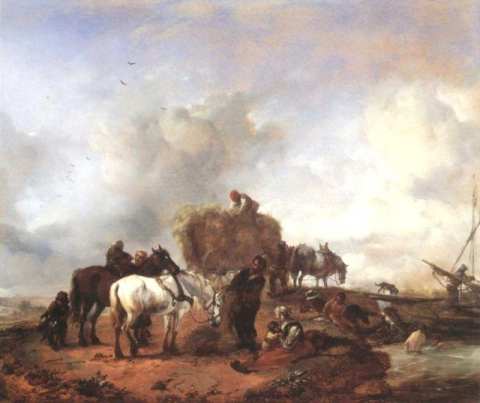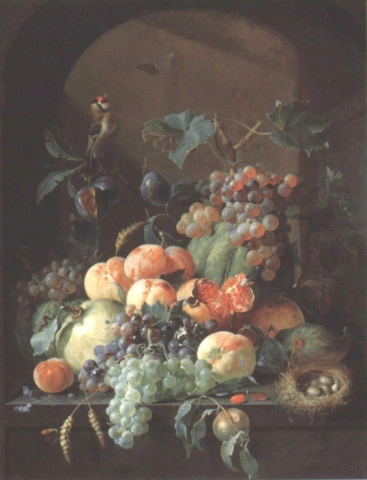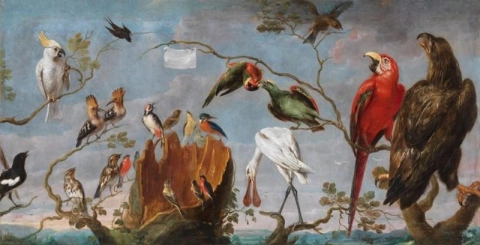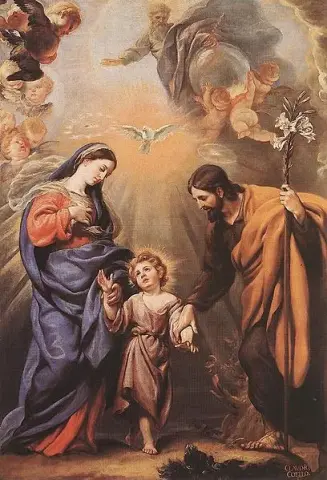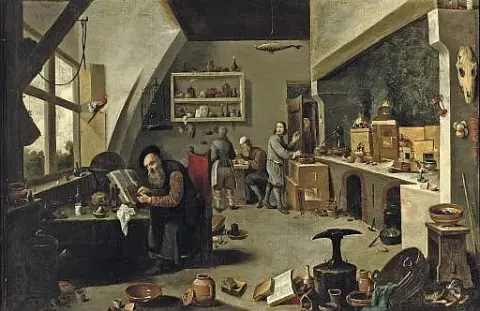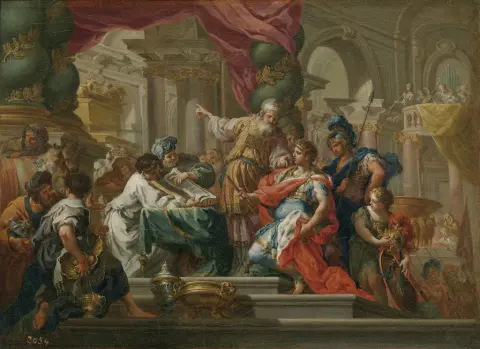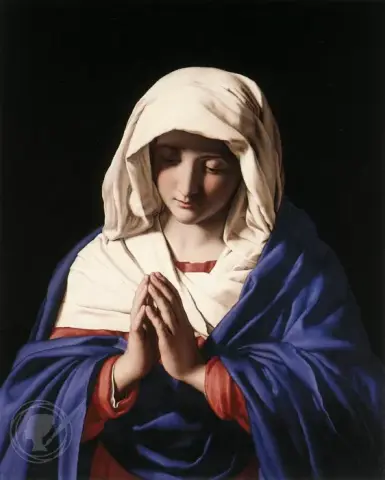Hand-painted painting reproductions - Movements - Baroque
Imagine owning a museum-worthy piece of art, created by the greatest artists in history and reproduced by passionate and experienced painters. At POD, we offer you the opportunity to make that dream a reality. We reproduce the works of art of your favorite painters from the Baroque art movement in the smallest details, so that you can enjoy them in your own home.
Our reproductions are made by experienced artists who use the best materials and techniques. We are committed to providing you with works of art of the highest quality, which will bring joy and inspiration to your family for generations to come.
Baroque Art: The Drama and Emotion of the 17th Century
Baroque Art is a movement that emerged in the early 17th century, characterized by its dramatic use of light and shadow, intense emotion, and grandiosity. Originating in Italy, Baroque Art quickly spread across Europe, influencing a wide range of artistic fields, including painting, sculpture, architecture, and music. This period marked a dramatic departure from the restrained forms of the Renaissance, embracing movement, opulence, and bold expression.
Early Origins and Development
Baroque Art began in Italy around the early 1600s as a response to the Counter-Reformation, a period when the Catholic Church sought to reassert its power and influence. The Church embraced the emotional and dynamic qualities of the Baroque style to communicate religious themes more vividly and engagingly. The style soon spread to other parts of Europe, including Spain, France, and the Netherlands.
Key pioneers of Baroque Art include Caravaggio, whose use of chiaroscuro (the contrast of light and dark) brought an unprecedented realism and drama to his religious scenes. Peter Paul Rubens and Rembrandt also played significant roles, with Rubens’ grandiose compositions and Rembrandt’s emotional and intimate portraits helping define the period’s character.
Characteristics and Techniques
Baroque Art is defined by its dynamic compositions, use of light and shadow, and emphasis on movement and emotion. Key characteristics include:
- Chiaroscuro – The dramatic use of light and dark contrasts to create depth and emphasize emotional intensity.
- Realism and Detail – Baroque artists sought to depict human figures and scenes in lifelike detail, emphasizing naturalism in both religious and secular contexts.
- Dynamic Movement – Figures in Baroque paintings and sculptures are often depicted in mid-action, giving the art a sense of movement and drama.
- Grandeur and Opulence – Baroque Art is known for its lavishness, especially in architecture and church decorations, using gold leaf, marble, and expansive designs to awe and inspire.
- Emotional Intensity – Whether depicting religious scenes or historical events, Baroque Art is marked by its vivid portrayal of human emotion, from ecstasy to suffering, capturing the depth of human experience.
Baroque artists often worked with oil paints to achieve rich textures and detailed imagery, while sculptors like Gian Lorenzo Bernini used marble to create lifelike figures that conveyed a sense of motion and expression.
Themes and Significance
Baroque Art covers a broad range of subjects, but it is most famously associated with religious themes and grand historical narratives. Common themes include:
- Religious Drama – Paintings and sculptures often depict intense religious scenes, from martyrdoms to miraculous events, designed to inspire devotion and awe.
- Mythology and Allegory – Many Baroque artists turned to classical mythology and allegorical subjects to convey complex ideas and emotions.
- Portraiture and Identity – Baroque portraiture captures the status and individuality of the subject, using dramatic lighting and posture to emphasize power and presence.
- Still Life and Vanitas – Baroque still life paintings often focused on the fleeting nature of life, with symbolic objects like skulls and decaying fruit to remind viewers of mortality.
The significance of Baroque Art lies in its ability to evoke strong emotions and create a sense of involvement in the scene. Its dramatic visual effects made it one of the most influential movements in European art, leaving a lasting legacy in both art and architecture.
Notable Artists and Their Influence
Several artists helped shape the Baroque movement, each bringing their unique approach to the style:
- Caravaggio (1571–1610) – Renowned for his pioneering use of light and shadow, Caravaggio's works brought an unprecedented realism and emotional intensity to religious and mythological subjects.
- Peter Paul Rubens (1577–1640) – Known for his lush, vibrant compositions, Rubens is considered one of the greatest Baroque painters, especially celebrated for his dynamic figures and energetic use of color.
- Rembrandt (1606–1669) – A master of portraiture and light, Rembrandt’s works explored the inner life of his subjects, capturing deep emotional and psychological depth.
- Gian Lorenzo Bernini (1598–1680) – One of the leading sculptors of the Baroque period, Bernini’s works, including The Ecstasy of Saint Teresa, are celebrated for their dramatic expression and lifelike qualities.
- Diego Velázquez (1599–1660) – Known for his realistic portraits of the Spanish royal family, Velázquez brought Baroque principles of light and space to his stunning depictions of everyday life and nobility.
These artists not only helped define Baroque Art but also influenced future generations of artists and remain celebrated today for their groundbreaking contributions to the art world.
Legacy and Modern Appeal
Baroque Art continues to be admired for its emotional power, dramatic compositions, and technical mastery. The movement’s legacy is felt in both art and architecture, with its influence seen in grand structures like St. Peter’s Basilica in Vatican City and the Palace of Versailles in France.
In modern times, Baroque Art remains popular with collectors and art enthusiasts. Its dramatic flair, grandeur, and emotional depth continue to captivate contemporary audiences, making Baroque works timeless treasures in the art world.
Where to Find Reproductions of Baroque Art
For those wishing to bring the grandeur and emotional intensity of Baroque Art into their homes, POD (Painting On Demand) offers high-quality reproductions of iconic Baroque paintings and sculptures. These expertly crafted artworks capture the depth, detail, and drama of the Baroque period, making them an exquisite addition to any collection or space.

